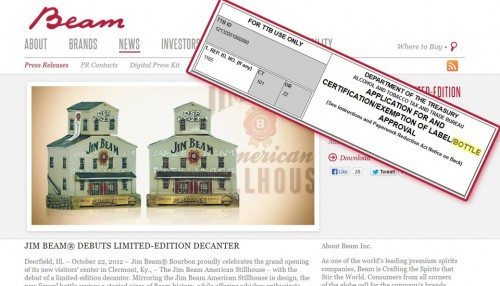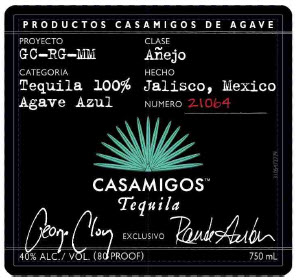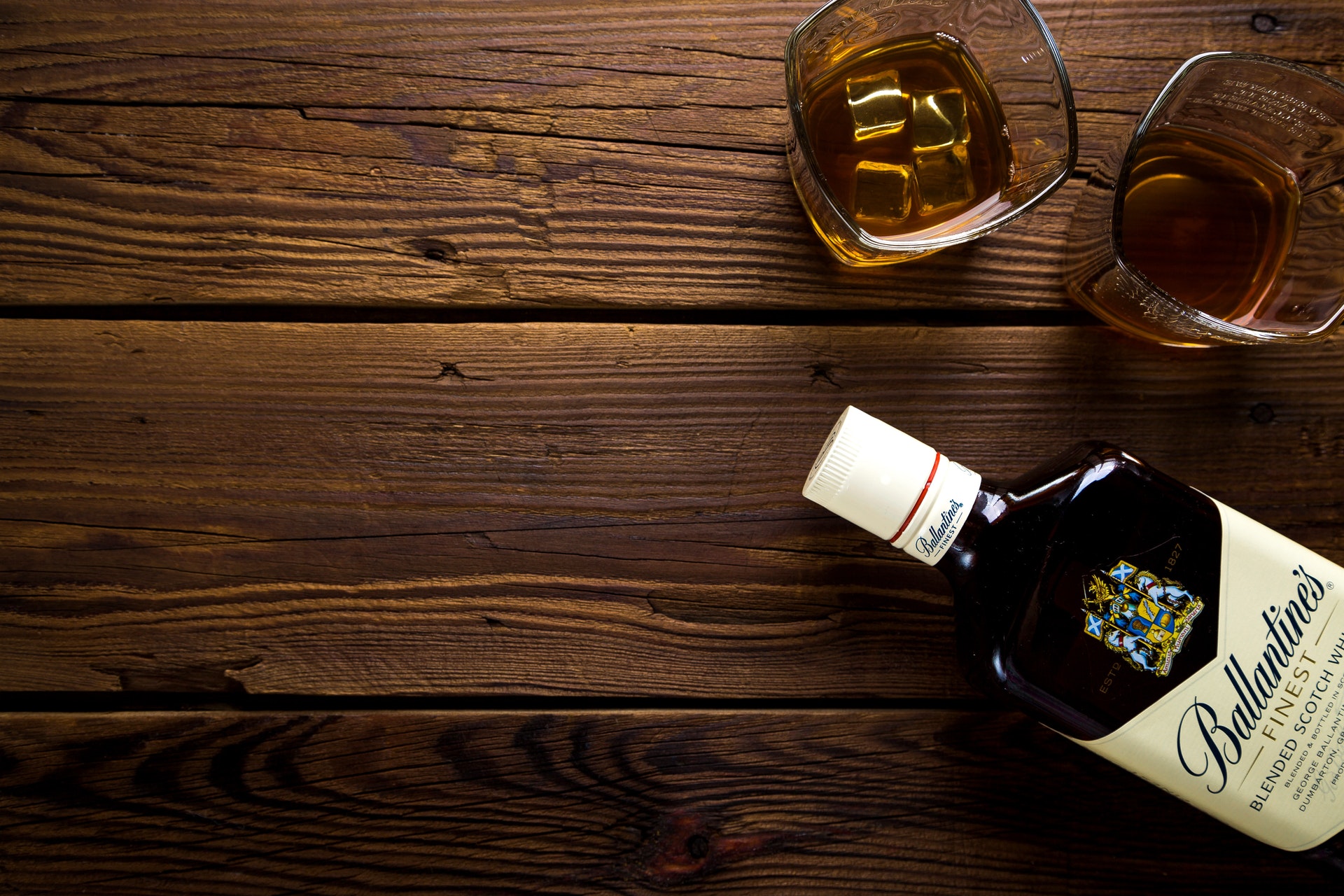Most people call them COLAs or FLAs (federal label approvals) or “label approvals.” But those terms leave out the not so minor B — as it appears in the word “bottle,” highlighted above. TTB’s pre-market approval system extends to bottles, and it is starting to seem like many people forgot about this or never knew. TTB’s bottle review probably does not cover run of the mill bottles. It is meant to cover “distinctive bottles.” The COLA form mentions that you must complete item 18.c. “if you intend to bottle distilled spirits in a distinctive container.” It’s not so easy to know what is and isn’t distinctive. The regulations use the term “distinctive” many times, and even explain the requirements for distinctive bottles, but they don’t explain when bottles are and aren’t. It is good to know that Jim Beam Brands, at least, still knows how to do this right, and can serve as a good reminder to others. The above Stillhouse Decanter certainly appears to be — on the distinctive side — for a bottle. And alas, the corresponding approval is here; item 18.c. seems to be duly completed to verify that the bottle is both distinctive and approved. Beam’s press release puts things in perspective and explains that even Jim Beam does not...
Continue Reading Leave a CommentStout Brewed with Bull Testicles
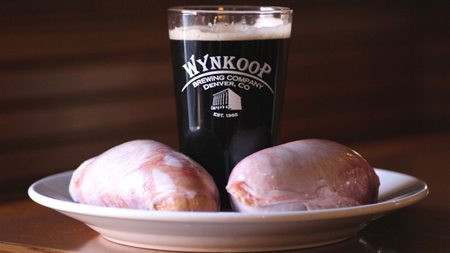
Not so long ago, beer with (actual) oysters seemed unusual. But Wynkoop’s beer goes quite a bit further. It contains no oysters. Instead it is brewed with bull testicles. Denver Westword reports:
head brewer Andy Brown secured 25 pounds of Rocky Mountain oysters, a local delicacy, which the staff in the Wynkoop’s kitchen hand-sliced and then roasted. “Initially, [TTB] wanted us to provide some information on bull testicles as a food additive,” Wynkoop spokesman Marty Jones says of the [TTB]. “I am not sure they were aware that bull testicles are an actual food and that they are a regional delicacy out west.”
TTB not only was concerned about Wynkoop’s “oysters,” but also about the manner in which they were described. For example, the term “oysters” should not be larger than “Rocky Mountain.” And it’s ok to describe the nutty, ballsy “notes” but best not to talk about their “flavors.” For many more examples of beverages made with — meat — see here.
Continue Reading Leave a CommentWhite Whiskey
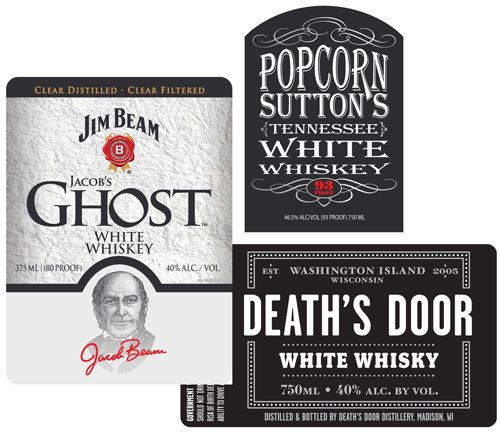
A few weeks ago we wrote about moonshine and now we have occasion to write about its close relative, White Whiskey.
Products like the above have become quite popular within the past few years, for reasons well explained by Slate:
The term white whiskey is basically a marketing name for what distillers call white dog, referring to grain-based spirits that haven’t been aged in wood to improve their flavor. [Sometimes] it’s just called moonshine, but legal sales of white dog in recent years have helped upstart microdistilleries earn immediate revenue while their whiskies age. That’s because white dog can be bottled and sold immediately after being distilled without accruing any additional storage and aging expenses. The moonshine connection has been a useful marketing gimmick for hip urban bars, but there’s one considerable downside to white dog: It tastes horrible.
At first, TTB was skeptical and pushed back a bit (saying, for example, there is no such category in the regulations). But as the trickle became a deluge, TTB began to allow white whiskey products more freely. In the light of a large number of recent approvals, it becomes clearer that TTB chiefly wants WHISKEY and WHITE on two different lines — more...
Continue Reading Leave a CommentMoonshine
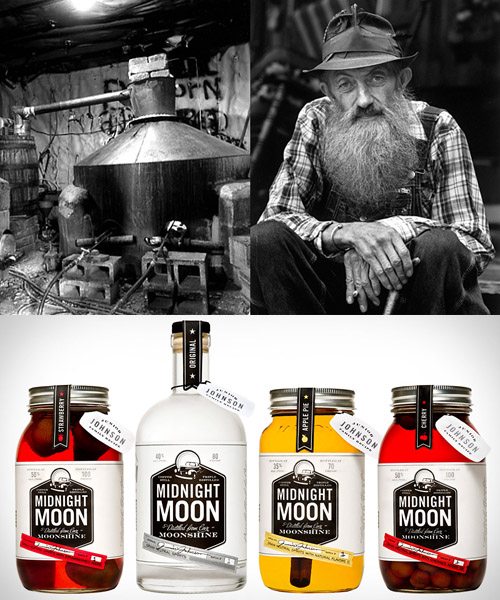
Moonshine. A word that typically conjures up thoughts of illicit high-octane liquor, clandestine stills, mason jars, potential blindness and bearded mountain men with colorful nicknames. Producing moonshine without a license is still illegal in the United States, but a large and growing number of licensed distilleries are now producing their own interpretations of moonshine. And despite moonshine’s negative associations from the past, TTB seems to have no issue allowing the word to appear on distilled spirits labels, as evidenced by the scores of moonshine labels approved so far. There is also an upsurge in approvals for moonshine’s cousins, such as white dog, white whiskey and white lightning. As far as we know, there are no specific TTB requirements to label a product “moonshine.” Apparently, moonshine can be a whiskey, a specialty product with flavors of apple or blackberry (for example), a high poof neutral spirit distilled from apples, peach brandy and even tequila. Although it appears that you can call just about any distilled spirits product “moonshine,” we think it is unlikely that TTB would allow the word on beer or wine labels anytime soon.
Continue Reading Leave a CommentOxygen Enriched Bourbon
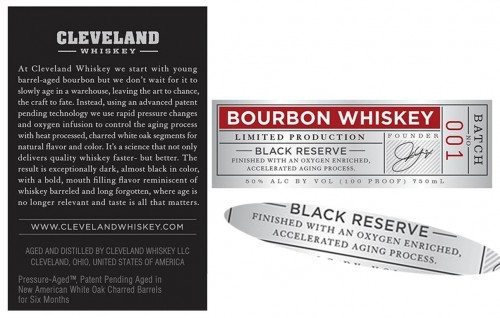
This Bourbon label caught our eye because it makes several big claims. It says:
- FINISHED WITH AN OXYGEN ENRICHED, ACCELERATED AGING PROCESS
- Patent Pending
- Pressure-Aged
- “we use rapid pressure changes and oxygen infusion to control the aging process”
- “age is no longer relevant and taste is all that matters.”
That’s a lot of envelope-pushing and innovation for one label. We happen to know a person who is both an experienced patent lawyer and an experienced whiskey distiller. So, in a future post, we hope to have him review the patent claims and assess whether this is closer to an innovation or a gimmick. The Bourbon is produced and bottled by Cleveland Whiskey, LLC of Cleveland, Ohio. The approval is here. Terressentia’s closely-related patent, also for aging spirits quickly, is described here.
Continue Reading Leave a Comment